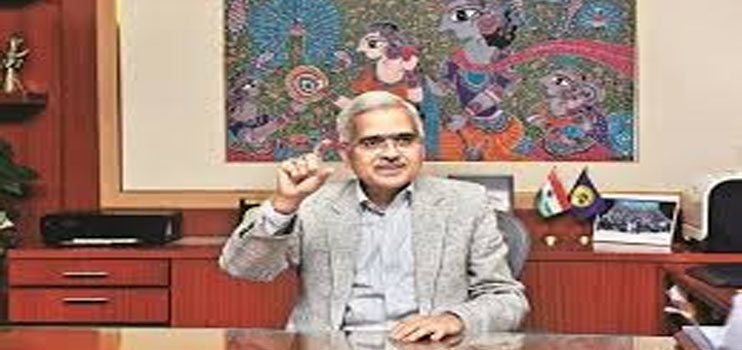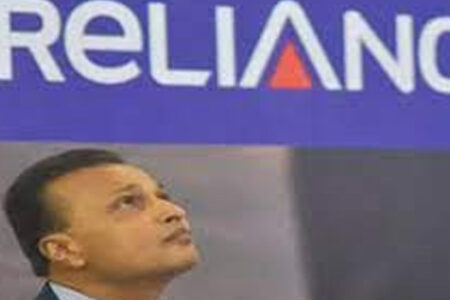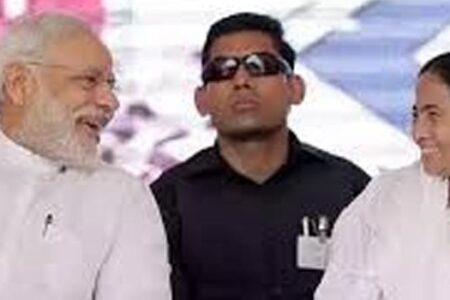Indian economy growing at 4.5 per cent in the September quarter, falling for the sixth quarter in a row, is no surprise. There will also be no surprise if the Monetary Policy Committee (MPC), the policy making body of the Indian central bank, goes for yet another rate cut next week.
Will it be a 25 basis points (bps) cut to bring down the policy rate to 4.90 per cent? Or, a 15 bps cut to 5 per cent? One bps is a hundredth of a percentage point.
The historic low policy rate in Asia’s third largest economy was 4.75 per cent when the Reserve Bank of India (RBI) cut it by 25 bps in April 2009, the last in a series of rate cuts in the aftermath of the fall of Lehman Brothers Holdings Inc. in September 2008, leading to deep recession in many parts of the world. The MPC was not in place then.
Between October 2008 and April 2009, the RBI cut the policy rate by 325 bps, from 9 per cent to 4.75 per cent. This time around, the policy rate has been pared by 135 bps in five phases since February 2019.
Since current governor Shaktikanta Das took over in December 2018, every monetary policy has announced a rate cut. If the December policy does an encore, Das will equal D Subbarao’s record of six rate cuts in a row in 2008-09, albeit in a different context. In 2009, the rate was cut to insulate the Indian economy from the impact of global recession; this time around, debates have been on to dissect the internal causes of a severe economic slowdown — structural or cyclical.
What has changed since the October policy? The external environment has improved. The US Federal Reserve seems to be done with rate cuts for the time being and the European Central Bank is expected to stay on hold. The Bank of England’s action will depend on the fate of Brexit. In India, the pangs of slowdown have become more evident. The GDP, which grew at 5 per cent in the first quarter of the current fiscal year, has grown 4.5 per cent in the second quarter, the worst in six years.
It was not a shocker. Eight infrastructure sectors of the core sector contracted for the second consecutive month by 5.8 per cent in October, signaling the depth of the slowdown. The anemic growth in bank credit corroborates the story.
The output gap is widening and the MPC’s stated stance is “intensified efforts to restore the growth momentum”. While paring the rate, the last policy statement conveyed the MPC decision to “continue with the accommodative stance as long as it is necessary to revive growth, while ensuring that inflation remains within the target”.
Does the latest inflation figure queer the pitch? The retail inflation rose 4.6 per cent in October against 4 per cent in September, higher than consensus expectation. However, it was driven by food prices but the so-called core or non-food, non-oil inflation dropped.
Higher inflation should not come in the way of RBI cutting the policy rate yet again. However, the central bank may have to revise its inflation projection upwards and growth projection downwards. In October, the retail inflation projections were revised slightly upwards to 3.4 per cent for the second quarter of 2020 but projections for the second half of the year were retained at 3.5-3.7 per cent. Most analysts see retail inflation above 4 per cent by year-end but within 4 per cent one year ahead. The MPC’s flexible inflation target is 4 per cent with a plus/minus 2 per cent band.
In October, the real GDP growth projection for 2019 was revised downwards — from 6.9 per cent to 6.1 per cent; 5.3 per cent in the second quarter of 2019-20 and in the 6.6-7.2 per cent range for the second half of the year. The GDP growth for the first quarter of 2020-21 was also revised downwards to 7.2 per cent. The September quarter growth figure will douse the central bank’s optimism on economic growth.
Every successive rate cut diminishes its marginal utility but the current economic scenario does not leave the MPC with any choice — it will probably go for a cut now and one more in March. The question is: Will it be 25 bps or a token 15 bps for now with an assurance for continuing with the accommodative stance and further cuts in the future if the growth moment does not pick up?
This is the toughest policy for Das. Instead of keeping mum on the worries about fiscal deficit (and reiterating the central bank’s faith in the government’s ability to stick to the estimated 3.3 per cent deficit for 2020 when the deficit in the first seven months till October exceeded the target for the full year), he must spell out the RBI’s take on it. The market does not trust the fiscal deficit figure. The proof of this is the spread between the policy rate and the 10-year government bond yield – around 135 bps.
We do not see often such a wide spread in the midst of a rate cutting cycle and abundant liquidity in the system. If the sovereign cannot reap the benefit of a low policy rate, how does the RBI ensure transmission of rate cuts in the real economy? The 10-year bond yield (of the old paper) remains at almost the same level when the policy rate was 6 per cent (and a liquidity deficit of around Rs25,000 crore).
Many want the RBI to start buying bonds from the market to bring down the yield or even launching an Indian version of quantitative easing. That’s not done as there is at least Rs2 trillion excess liquidity in the system now – primarily driven by the central bank’s dollar purchase from the market and higher government spending. The RBI can probably step in when the government announces additional borrowing from the market but the challenge before Das now is to reassure the market that the fiscal slippage is priced in.



